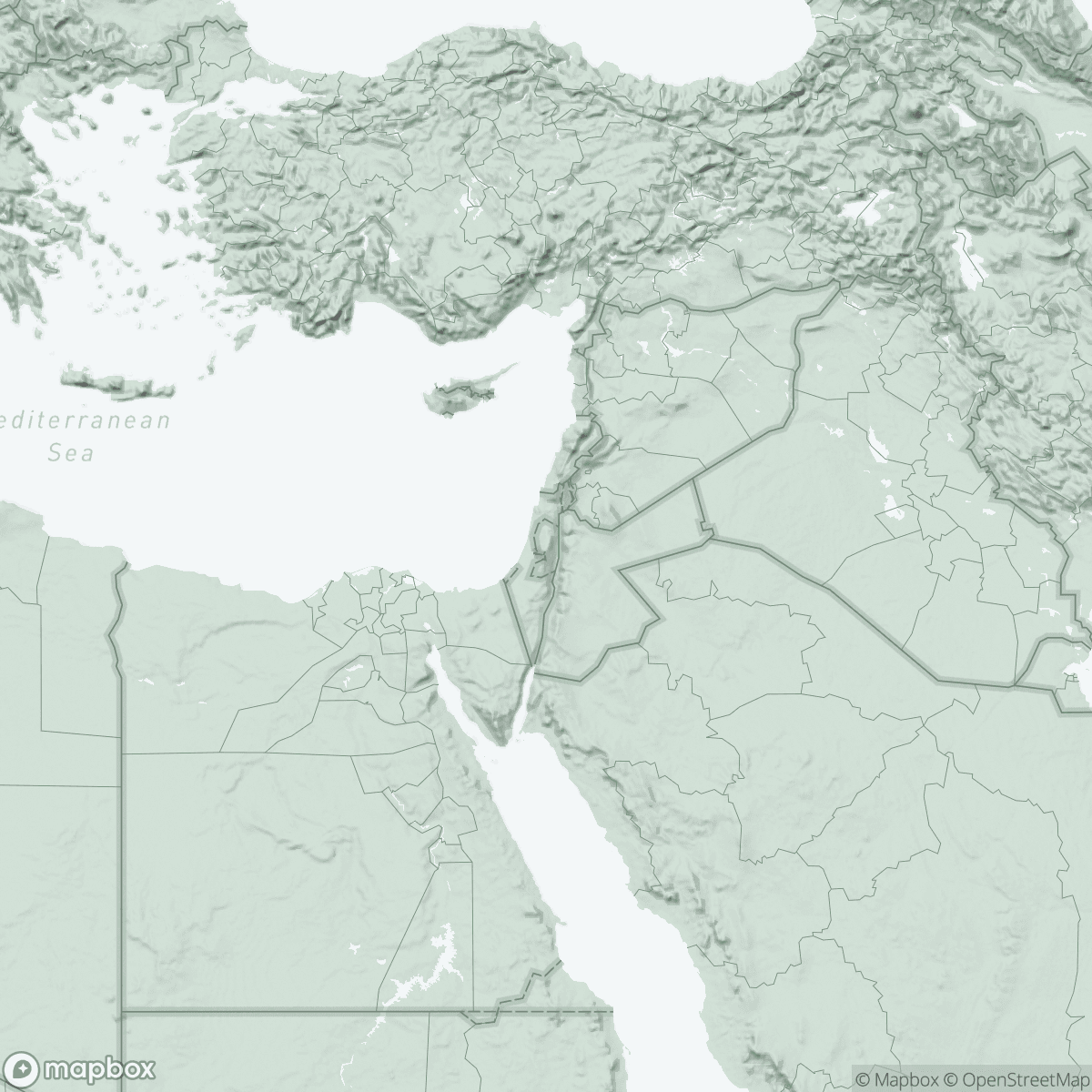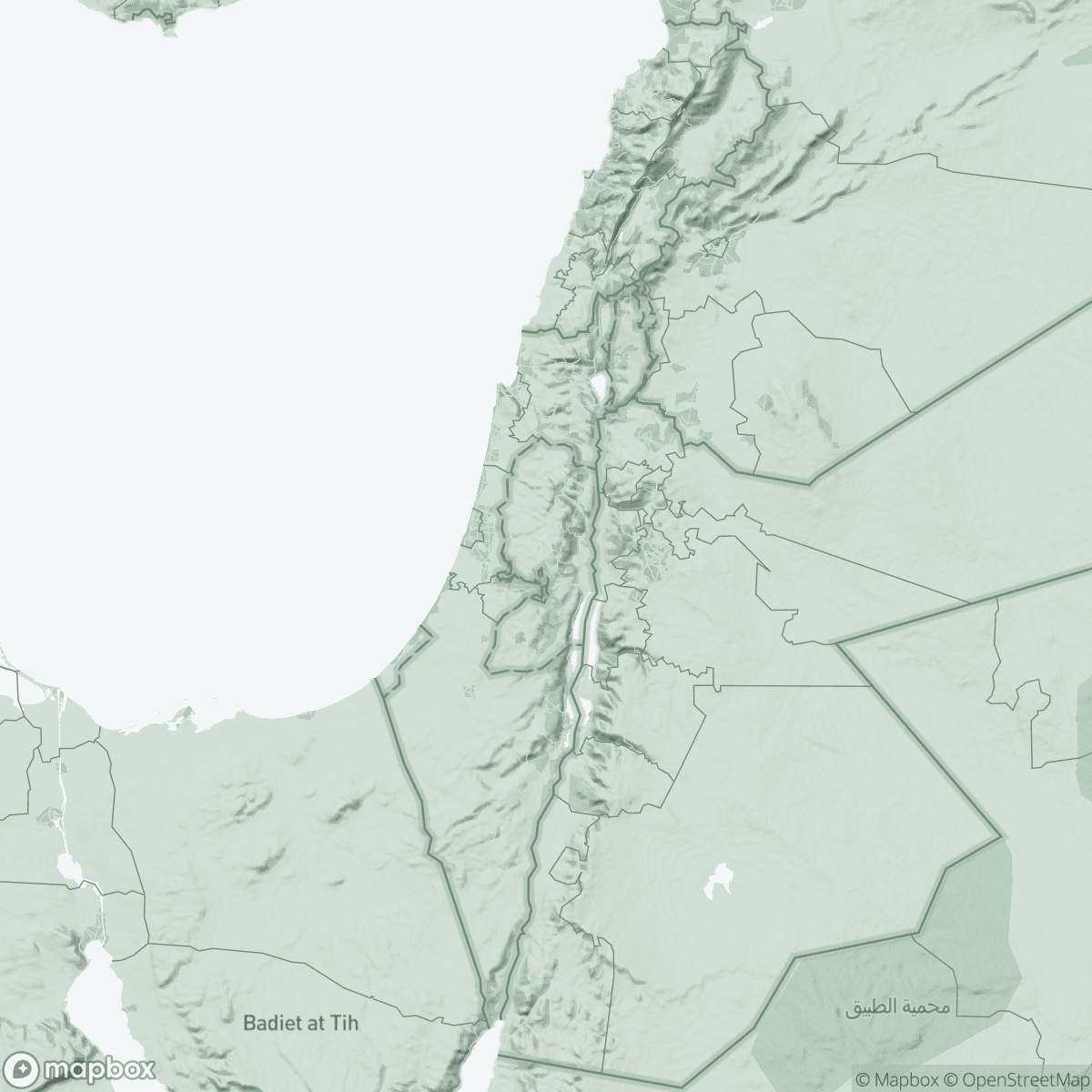“Gaza today: cold, hunger and bombs”
In 1 click, help us spread this information :
Interview
Caroline Seguin, emergency coordinator for Médecins Sans Frontières (MSF), visited the northern part of the Gaza Strip, where fighting has been raging for over 45 days, following the offensive launched by the Israeli forces in early October. She looks back at the apocalyptic situation in the north and south of Gaza, where 1.7 million people are living in frightful conditions.

Since October 6, 2024, the governorate of North Gaza has been under continuous attack by the Israeli forces. You managed to reach Gaza City just south of the North Governorate, what's the situation on the ground?
It's very difficult and dangerous to get to northern Gaza. You have to cross the Netzarim corridor, a line that separates northern and southern Gaza. This corridor, which was a simple road at the start of the war, is now 8 kilometers long and controlled by Israeli forces. Despite the fact that NGOs coordinate their movements with Israeli forces to ensure their safety, incidents are frequent and, recently, NGO cars have been hit within the corridor.
Once out of the corridor, you arrive in Gaza City. It's like arriving in a ghost town: destruction everywhere, everything flattened out, there’s not a single building left standing."
There are vast areas with no-one left, apart from a few wandering inhabitants trying to salvage what's left of the destroyed houses.
On the night of November 28, at around 1 a.m., there was a bombardment 70 meters from our clinic. Shrapnel hit the building, fortunately without injuring anyone. There are around 25,000 displaced people around the MSF clinic, and medical activity has doubled since their arrival in October, following the Israeli forces' destructive offensive on north Gaza. The fighting is raging, and the situation is apocalyptic, with attacks by drones, quadcopters and bombardments. Two of our colleagues are still trapped in Beit Lahia and in Jabalia, and we have been unable to evacuate them. On November 21, the Kamal Adwan hospital was bombed again, with medical staff injured.
What are the consequences of Israel's obstruction of humanitarian aid to Gaza?
We thought the worst was behind us, but I think the worst is yet to come. Today, we're facing several major problems, the first of which is the delivery of humanitarian aid into the Gaza Strip. We still have recurring problems of validation by COGAT to bring in humanitarian aid, i.e. all medical equipment, medicines, food, etc. transported by truck is systematically checked by the Israeli authorities.
This deliberately complex system of physical and bureaucratic obstacles is designed by Israel to hinder the flow of aid into Gaza.
Looting is increasingly frequent and organized, and the few trucks that do manage to get in are almost systematically looted by gangs at the Kerem Shalom and Kissoufim crossings. On November 16, of the 109 WFP trucks that entered Gaza, 98 were looted. On November 30, UNRWA also tried to bring in food trucks through Kerem Shalom and they were all taken.
Beyond food, there are also fuel problems. Recently, the United Nations managed to bring in a few trucks, but the flow remains very tense. Ten days ago, we were forced to halve our distribution of drinking water because there wasn't enough fuel for the trucks. MSF is currently among the largest humanitarian suppliers of water in Gaza, but the needs are enormous, and we can't meet them all.
Le départ forcé de l’UNRWA, dont les activités ont été interdites par une loi votée au parlement israélien le 28 octobre, est aussi une grande source d’inquiétude : c’est un soutien vital pour les Palestiniens et le plus grand pourvoyeur de soins à Gaza. L’UNRWA assure la quasi-totalité de la distribution de l'aide des Nations unies. Donc on ne sait pas comment on va faire sans eux.
The banning of UNRWA and its activities by a law passed by the Israeli parliament on October 28, is a devastating blow and a major source of concern: it is a vital support for the Palestinians and the biggest provider of healthcare in Gaza. UNRWA is also responsible for almost all United Nations aid distribution. So, we don't know how we'll manage without them, the implications will be catastrophic on the already dire humanitarian situation in Gaza.
MSF also works in southern Gaza, where over 1.7 million people are concentrated. What are the living conditions of the population and the consequences of the onset of winter?
That's 1.7 million people piled on top of each other in the rain, in the mud, with hunger in their stomachs and bombs falling on them. It's catastrophic."
Winter came quickly and the shelters aren't ready after a year of being exposed to sun, wind and rain. They are not at all adapted to the cold or the torrential rains we've seen in Gaza over the last few weeks. Some areas have been completely flooded, and the tents by the sea have also been partially submerged.
The Israeli authorities' obstruction of the delivery of humanitarian aid and commercial trucks is causing shortages, particularly of food. Markets are beginning to empty; bakeries are closing, and prices are rising. A small loaf of bread that cost a few cents a few weeks ago now costs 5 shekels, i.e. just over one euro. In this context, malnutrition is truly a growing concern. The whole situation is creating very strong tensions within communities and families, which have sometimes ended in violence. The population is on edge.
Teams are trying to meet medical needs, particularly at the Nasser hospital in Khan Younis, which is permanently full. We also have the field hospital that MSF has set up in Deir al-Balah, in central Gaza, where teams offer paediatric care, sexual and reproductive health care for pregnant women, physiotherapy and general medical consultations. Preparations are underway to increase the number of beds, in view of the likely increase in the number of sick children due to the cold weather and living conditions.
Gaza today means cold, hunger and bombs.
We need a ceasefire at all costs, a massive and unrestricted influx of aid to put an end to the suffering of thousands of people, the majority of whom are women and children - who also account for the majority of deaths in this war.

